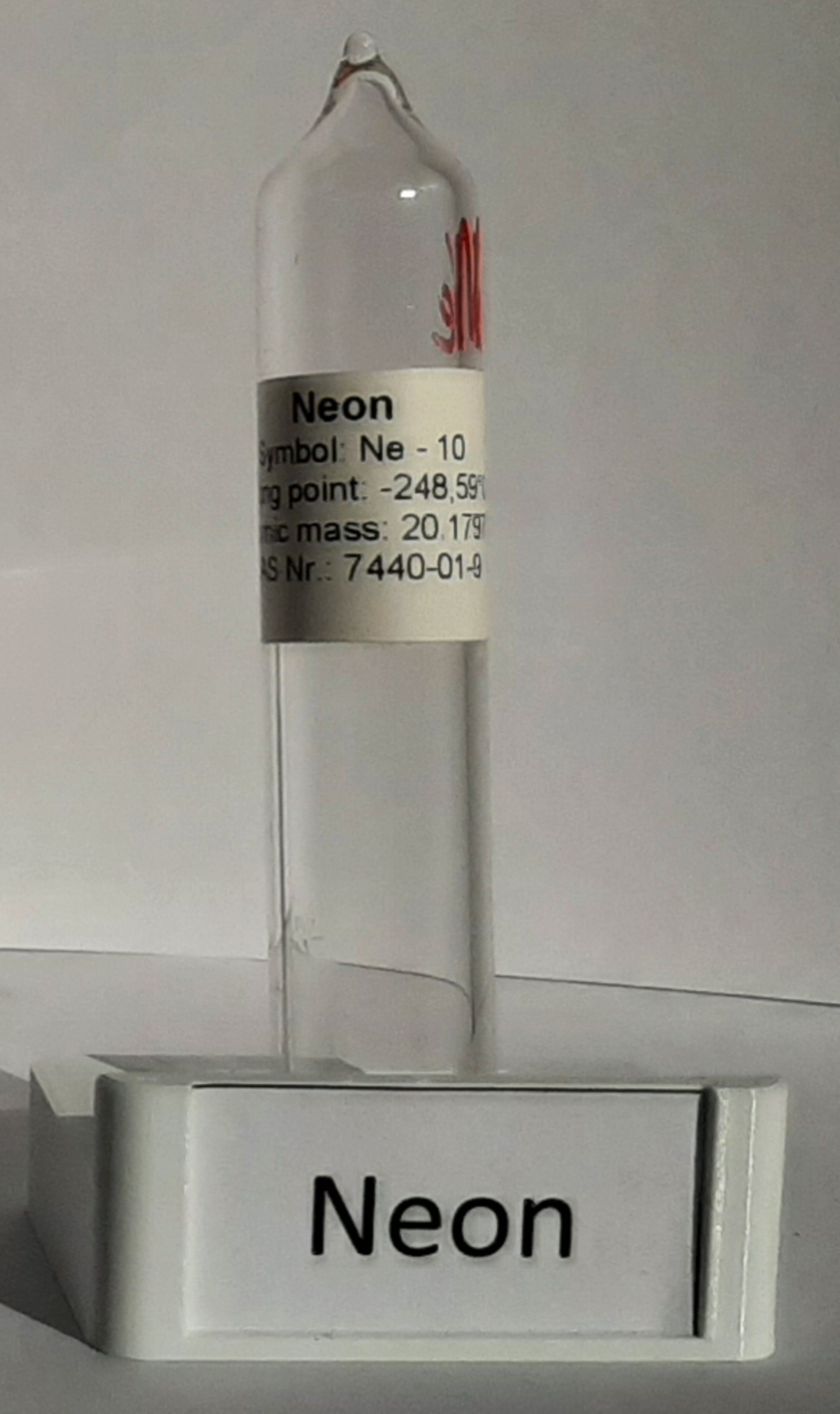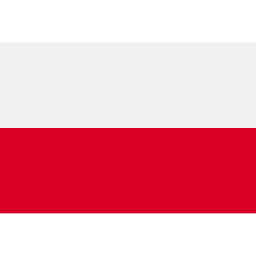
Neon (from Latin Neon) Ne
Neon does not form minerals, as it is a noble gas.
A colorless and odorless noble gas (it is chemically passive under normal conditions, its atoms are stable and have full electron shells), it exists in the free state as a component of air. Neon has very low boiling and melting points, which means it remains in a gaseous state over a wide range of atmospheric conditions.
There are neon-containing molecular ions, as well as temporarily excited neon-containing molecules called excimers.
Neon can be obtained by fractional distillation of air. The condensed air is subjected to fractional distillation in a distillation column. The process is based on differences in the boiling points of the individual components, allowing them to gradually condense and separate. In fractional distillation, neon, which is one of the lighter gases, condenses at the top of the distillation column because it reaches its boiling point before the other gases. The resulting neon is then subjected to purification processes to remove any residues of other gases.
The best-known use of neon is to create bright and colorful neon advertisements. It is also used in gas lamps, which emit intense light, and in helium-neon lasers, which emit red laser light.
The largest producer of neon in the world is Russia. Other major producers of this gas are China and Ukraine.
Neon is present in space and is found in the atmosphere of some gaseous planets, such as Jupiter and Neptune. In the past, it was used as an ingredient in some coolants due to its low boiling points. Neon was discovered (1898) by British chemists Sir William Ramsay and Morris W. Travers. Neon is completely non-toxic and chemically inert, so it poses no risk to the environment. It is an asphyxiating gas, meaning that when inhaled in excess it can deplete the body's oxygen content and cause suffocation and even death. In an enclosed space, contact of neon with the eyes or skin can cause frostbite.


